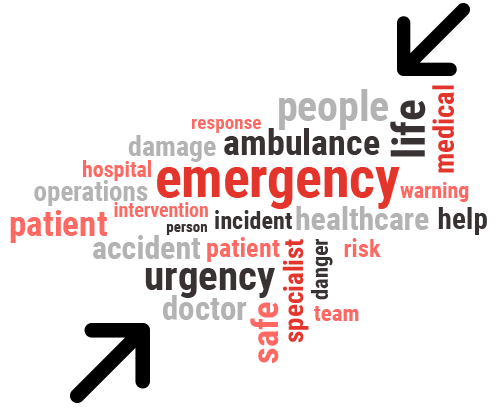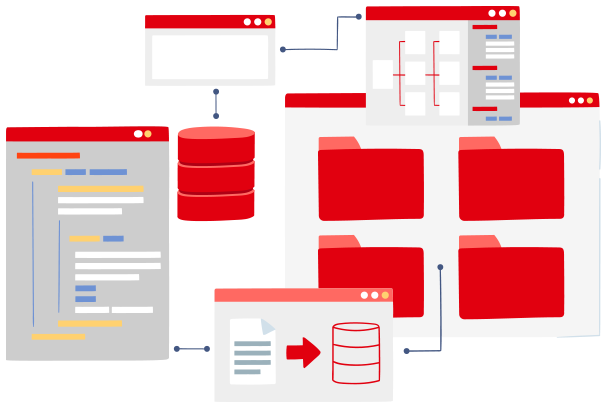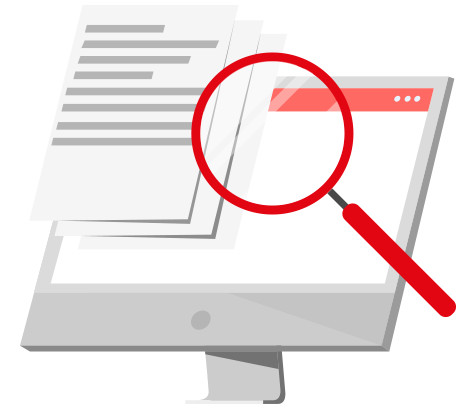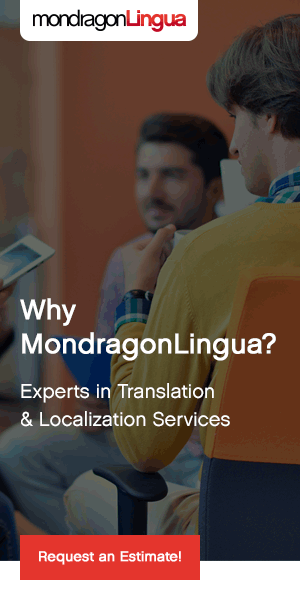
Reduce the Word Count
So how do you go about reducing the word count? Here are just a few of the many things that you can do:
- Consider using images instead of or in addition to words. Sometimes a concept or instruction is better represented by a graphic or a photo.
- Reuse content wherever possible. For example, if an instruction is used in more than one of your documents, make sure you say it the same way every time. Even if one word is different in a sentence, it will have a higher translation cost than if every word was the same. Write once, translate once, and reuse multiple times to get the most bang for your buck.
- Create a glossary of terms
- Simplify the English for your audience and translation. The more complicated the content is, the harder it is to understand the English and translate it. So simplify the content wherever possible while still conveying the intended message. Use clear, straightforward words with active verb tenses whenever possible to avoid any confusion for your customers and the translators.
Leverage Translation Memory

The more content you add, the greater the benefit:
- Reduces your translation costs over time.
- Reduces your time-to-market.
- Leads to a better customer experience.

Establish and Maintain a Glossary of Terminology
How Does a Glossary Work?
To establish a glossary, either you or your LSP can extract terms from a set of content like a manual. If your LSP handles this step, you should then review the terms and provide any necessary context or descriptions for each term.
Your LSP will then translate the terms into your requested language set. If you have in-country reviewers (ICRs) or other internal or external resources, your LSP will send the glossary to these people to review and edit the translations as necessary.
After the approval process, the LSP will feed the terms into the TM. Then when a translator starts a translation project, the translators will see these terms, as well as any previously translated content, before the translator even begins the project. In other words, the translator has a foundation of content to use for the project.
How Does a Glossary Help?
A glossary speeds up the translation process, since some of the content is already translated. The translator can then focus on the rest of the content. As a result, the time-to-market will decrease. In addition, the quality will increase because the terms are consistent and accurate. And since all of the translated content is stored in the TM, it can all be used in future translation projects.
Update the Glossary
A glossary is never really “complete.” When a company adds new content, products and/or services, the terms need to be extracted and translated. It’s an best practice to update the glossary regularly.







